
Sassafras Trees for Sale
Sassafras tree (Sassafras albidium) is not a common tree. It is considered Carolinian and grows in scattered pockets through Southwestern Ontario. Those with a sharp eye can find it here in Sarnia-Lambton, east along Lake Huron to Kitchener, and South to Chatham, Windsor, and near Lake Erie. Sassafras becomes more abundant as you go south into USA.
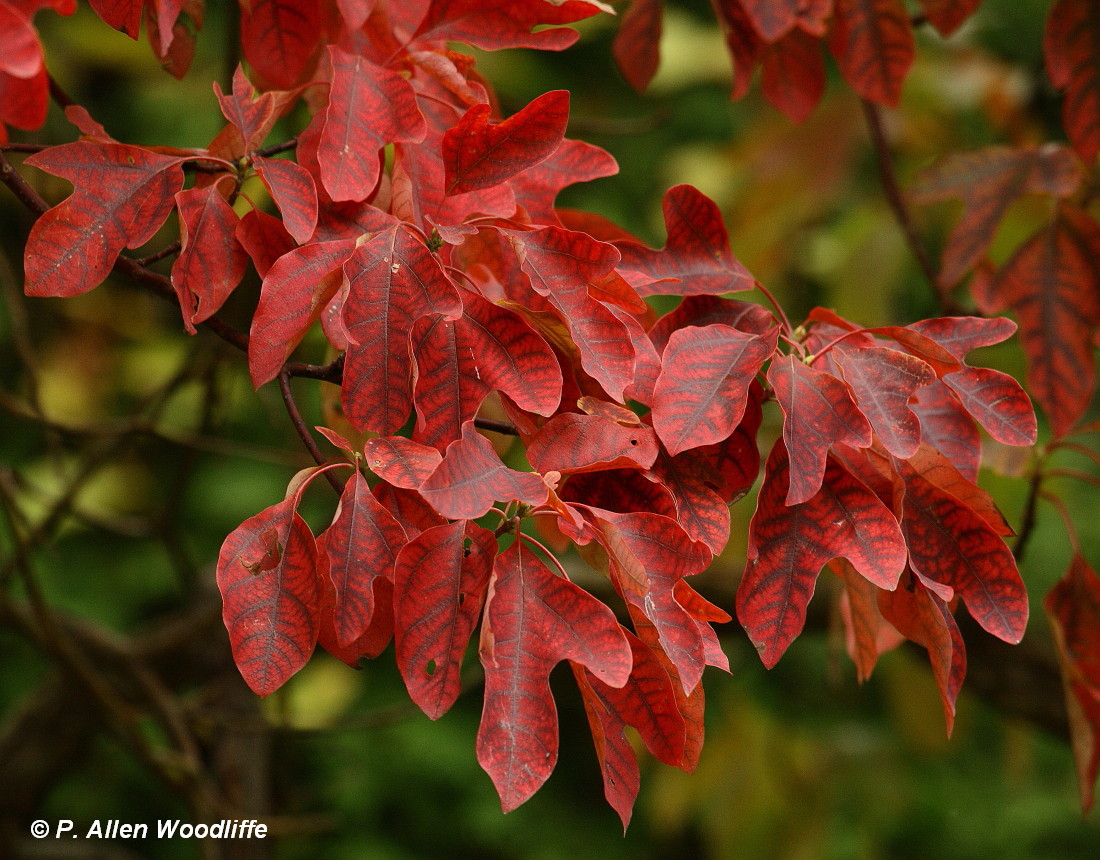
Falling in love with southwest Ontario's fall colours
9. The St. Johns are contains trees typical of the Carolinian zone such as sassafras; tulip tree; black, pin, white, and red oak; black cherry; shag bark hickory; butternut and flowering dogwood. Also found here are red and sugar maples, white pines, eastern hemlock, and American beeches. 10.The trout pond contains not only trout, but also a.
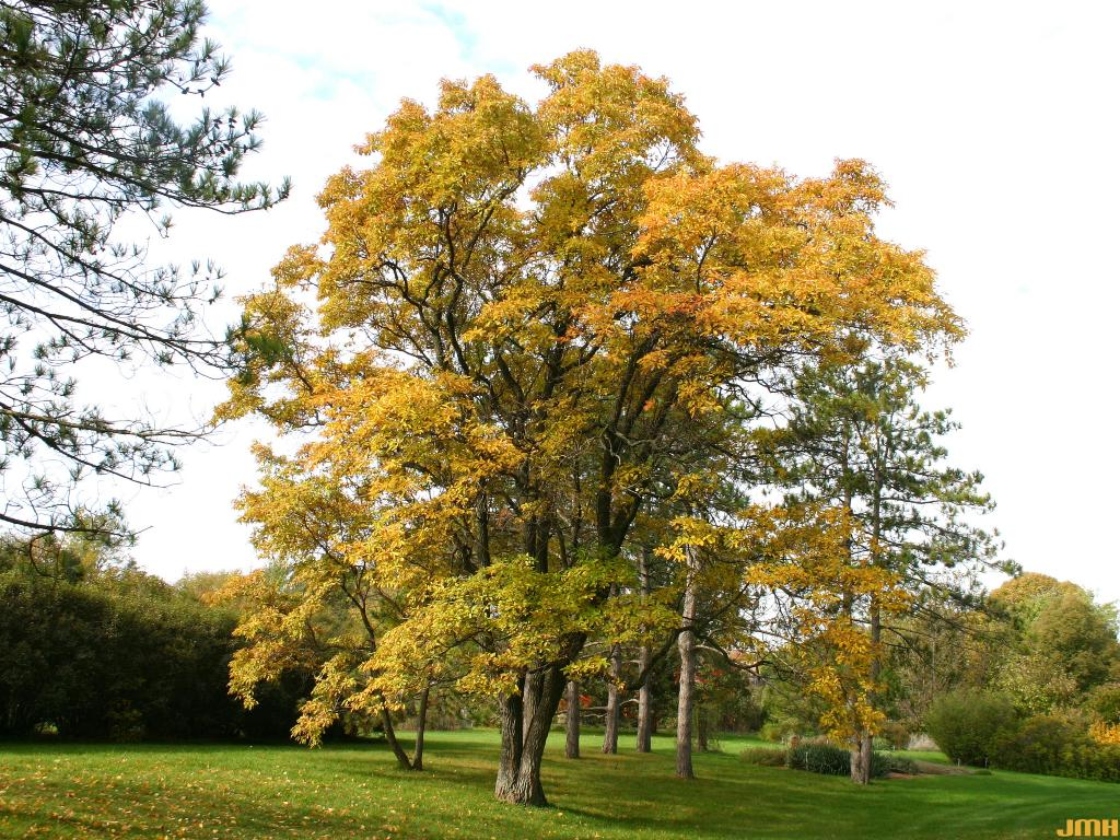
Sassafras The Morton Arboretum
Sassafras is a small, fast growing tree that can only flower after 10 years. Bark of the Sassafras produces orange dye and the roots are used to make oil of Sassafras which is an ingredient in soaps and perfumes. The bark was also used to make tea and root beer.
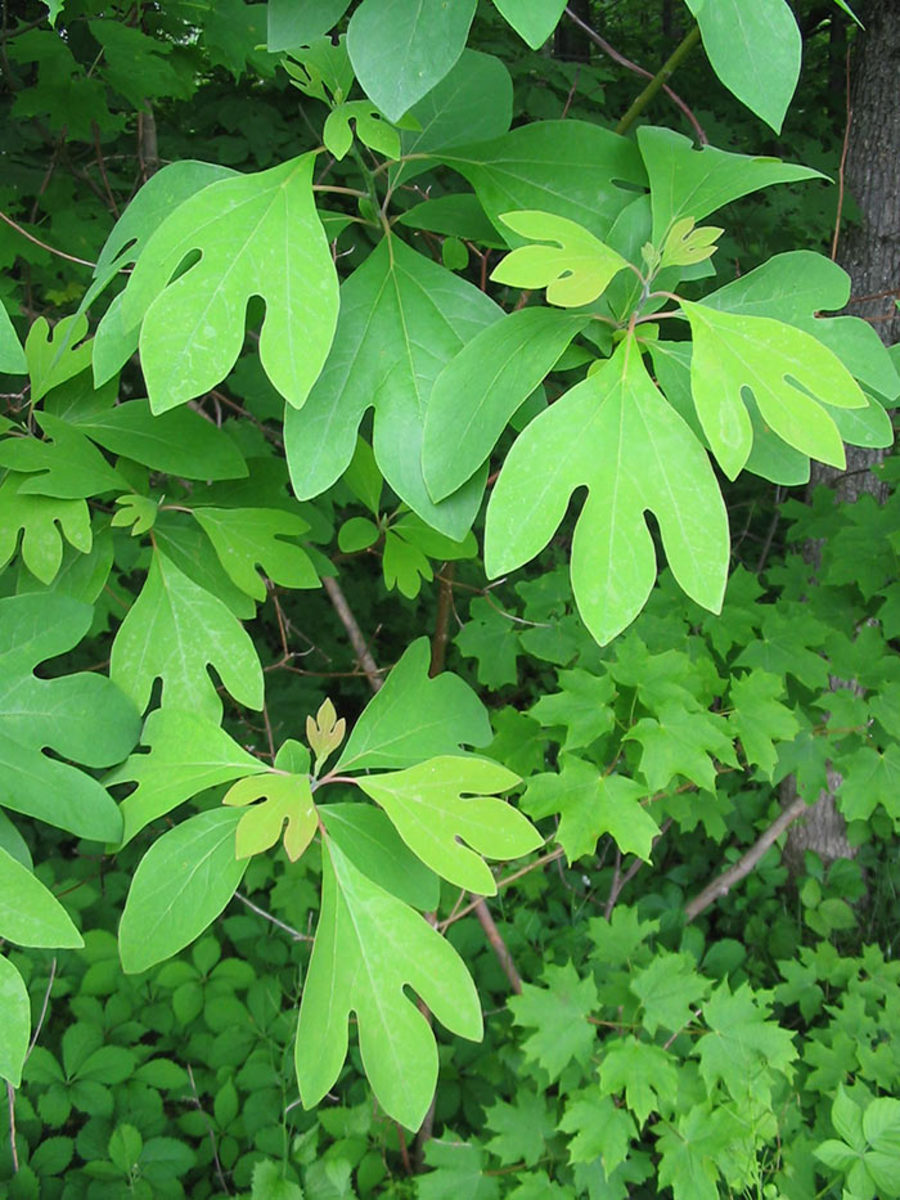
The Sassafras Tree Is an Interesting Native Species Horticulture
Sassafras is a deciduous tree species that is native to eastern North America and eastern Asia. It is a rare tree in Ontario, occurring in scattered pockets in southwestern Ontario and as far north as Toronto. It typically grows up to 20 meters tall and is commonly found in open woods, along fences, or in fields.
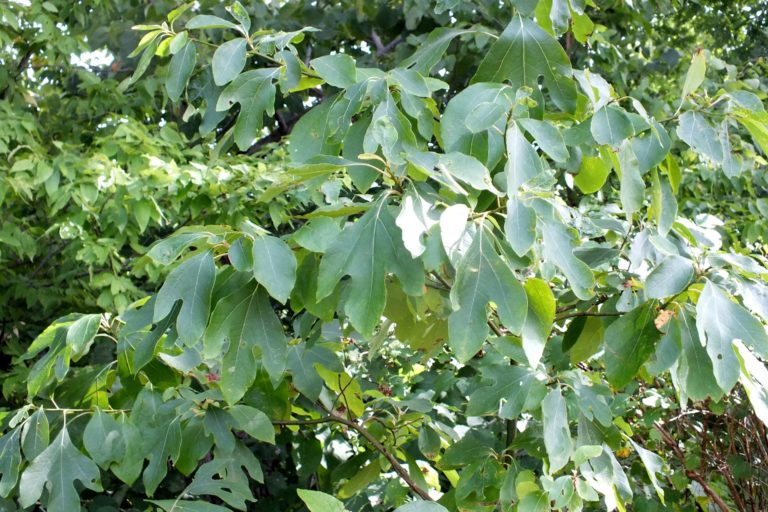
Sassafras (Sassafras albidum ) Tree Canada
sassafras, ( Sassafras albidum ), North American tree of the laurel family ( Lauraceae ), the aromatic leaf, bark, and root of which are used as a flavoring, as a traditional home medicine, and as a tea. The tree is native to sandy soils from Maine to Ontario and Iowa and south to Florida and Texas. The roots yield about 2 percent oil of.
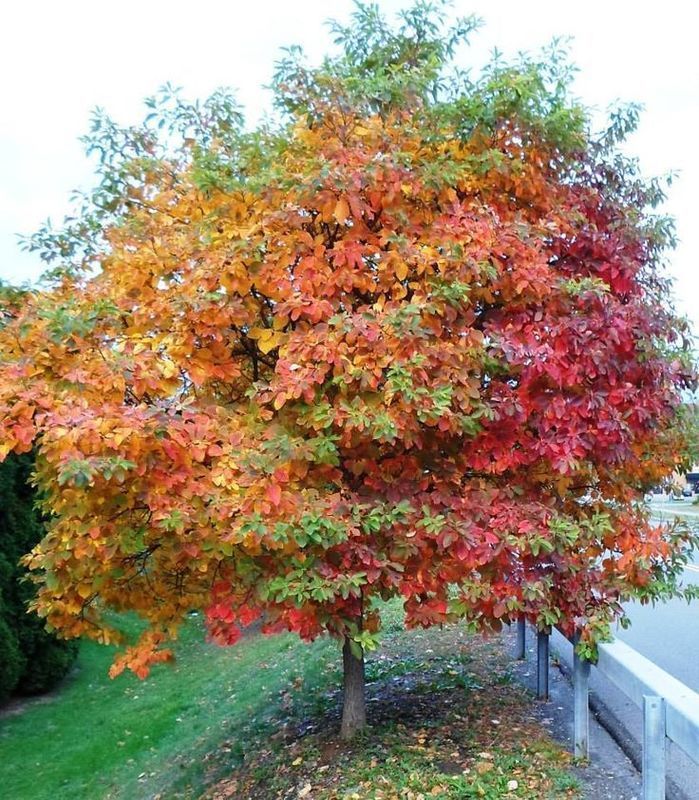
Tree of the Month Sassafras Casey Trees
Summary 2 Sassafras albidum (sassafras, white sassafras, red sassafras, or silky sassafras) is a species of Sassafras native to eastern North America, from southern Maine and southern Ontario west to Iowa, and south to central Florida and eastern Texas. It occurs throughout the eastern deciduous forest habitat type, at altitudes of sea level up to 1,500 m (5000 feet).

The Many Uses Of Sassafras Trees
A 3.0, Link What is Sassafras, Anyway? Sassafras is not just a single plant; rather, sassafras is an entire genus of plants! Sassafras is a type of tree that is part of the Lauraceae family, which are commonly referred to as laurels. Foraging is more than just identifying plants to harvest.
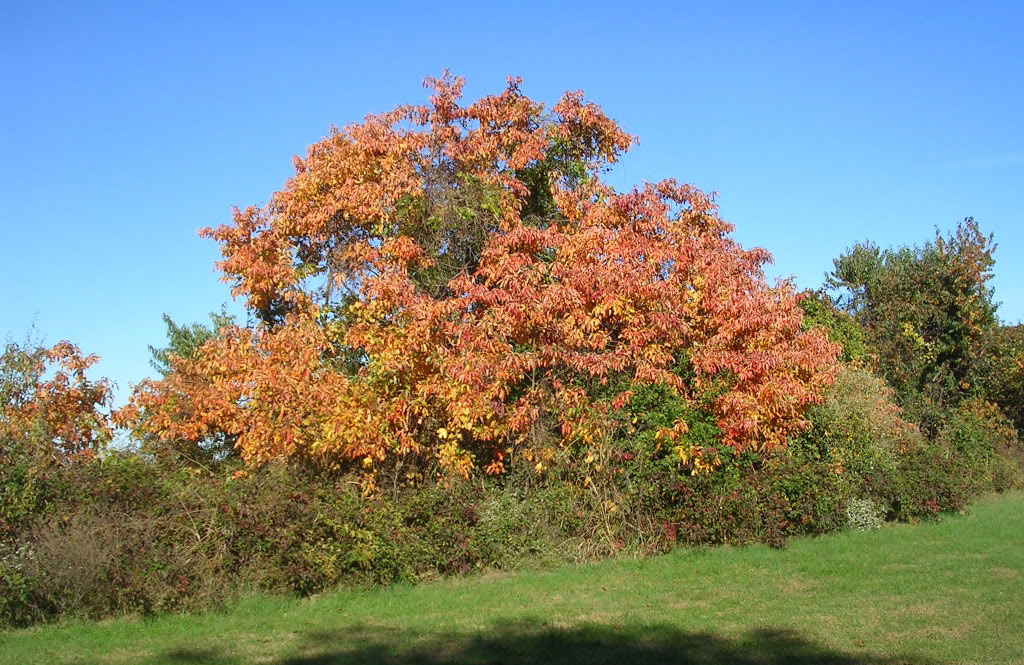
Sassafras Tree Pictures, Information on the Sassafras Tree Species
Sassafras trees thrive in well-drained, acidic to neutral soils. Guess what? That's precisely what Ontario's diverse landscape offers! With its rich glacial till from centuries ago, it provides an ideal base for these trees to take root and flourish.

Buy Sassafras Tree FREE SHIPPING 3 Gallon Wilson Bros Gardens
Nees French name: Sassafras officinal Taxonomic Serial Number: 18158 Report a problem on this page Date modified: 2015-08-04 A database that provides information on more than 200 native tree and shrub species, and on almost 300 insects and 200 diseases found in Canada's forests.

Sassafras Tree Buy at Nature Hills Nursery
Native to North America, Sassafras is found from southern Ontario to southern Iowa and throughout the eastern U.S. from central Florida and north to Maine. It's easy to understand why it has spread and is cultivated in such a large swath of the continent. Mature trees can grow to be 35-50 feet high and the canopy can spread to upwards of 40.

The Sassafras Tree A Prepper’s Favorite
The sassafras tree is known as a pioneer species — it is an early colonizer of disturbed sites such as abandoned farm fields or clear cuts. The roots of the sassafras send up new shoots of growth, forming thickets. Sassafras (Photo by NCC) Commercial uses Sassafras wood is commonly used for interior finishes, boats, posts and furniture.
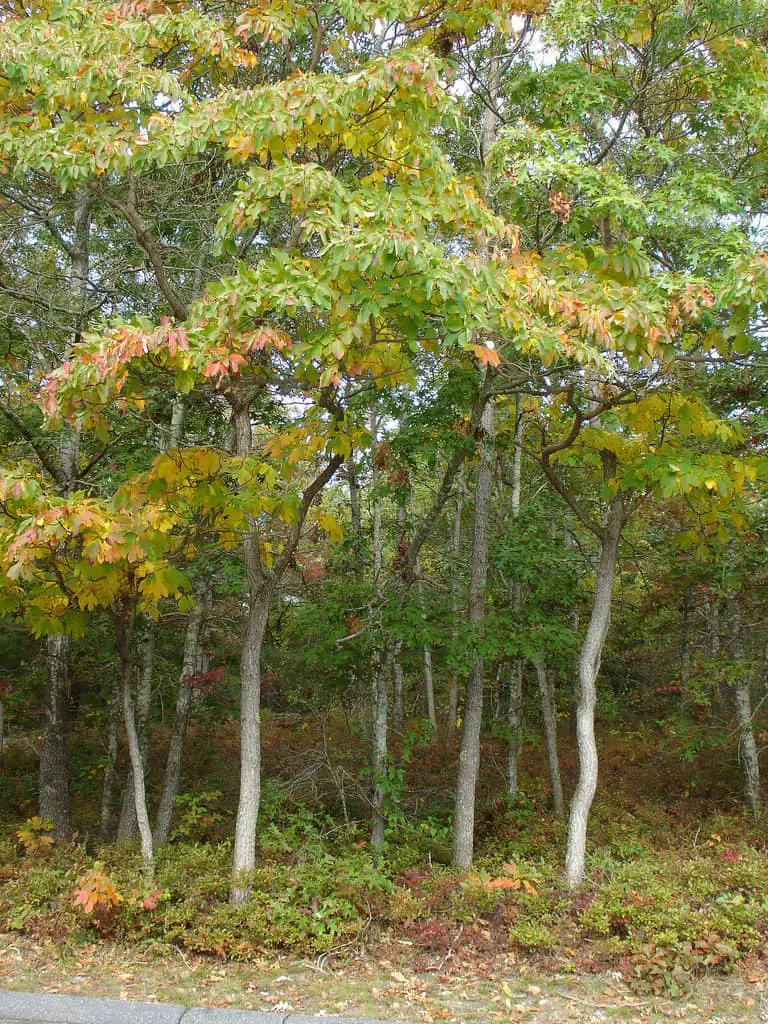
Sassafras Tree Facts & Information Garden Analyst
Noted for its remarkable foliage, Sassafras albidum (Sassafras) is an upright deciduous tree of dense, pyramidal to highly irregular habit with horizontal branches in cloud-like tiers. Mitten-shaped, oval or three-lobed, the bright green leaves, 4-7 in. long (10-17 cm), turn brilliant shades of yellow, orange, and red in the fall. Sprays of small yellow flowers appear at the branch tips in.

Sassafras Tree (Sassafras albidum) Footsteps in the Forest
Sassafras is a distinct, but relatively uncommon, deciduous tree that is found in the Carolinian forests of southwestern Ontario. It is typically not found north of Toronto. This species does well in gaps in the canopy and is often found in small colonies due to the production of root suckers.
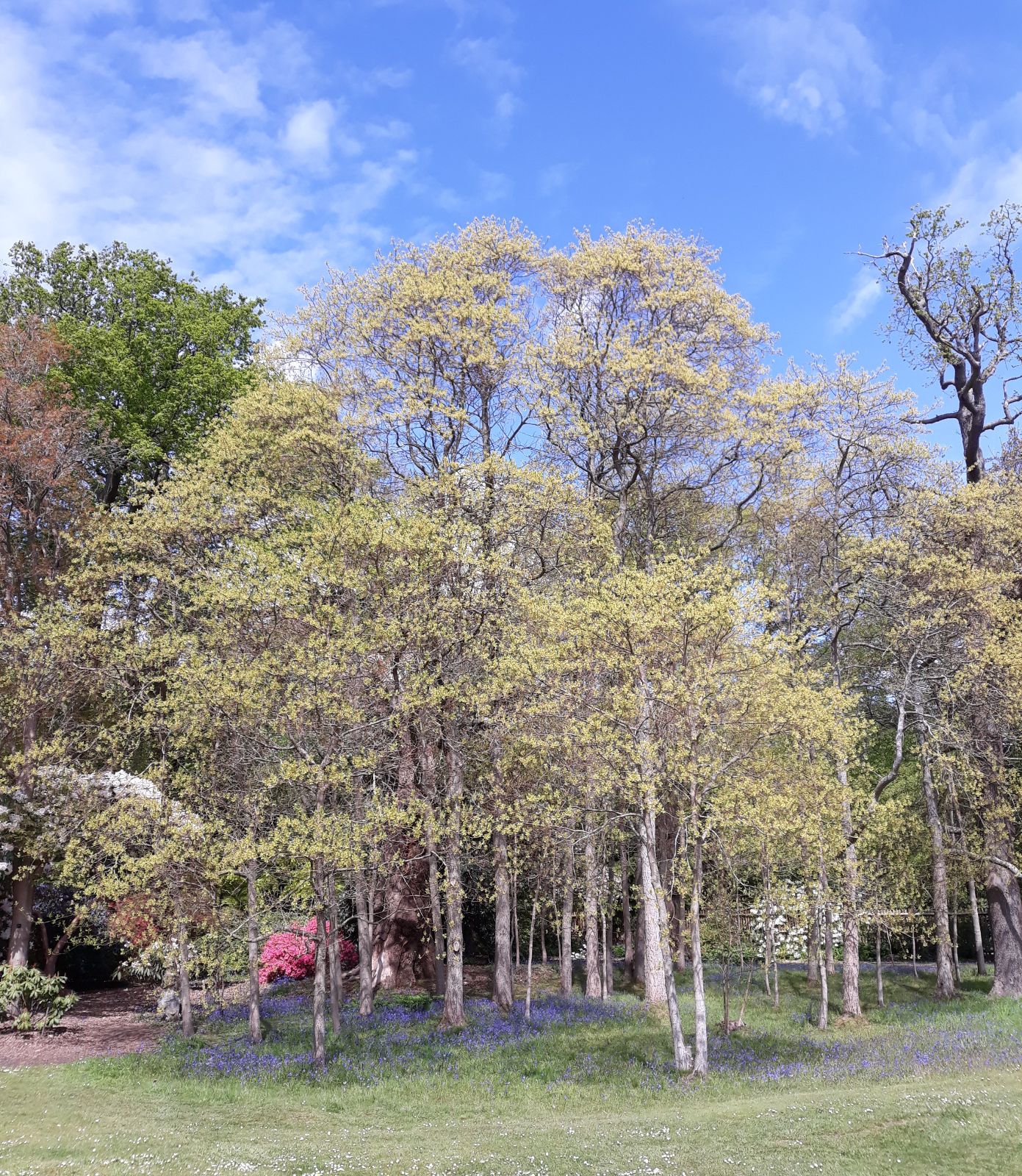
Sassafras Trees and Shrubs Online
Sassafras is a native tree worth adding to your landscape for several reasons. It has pretty, aromatic spring flowers and its three types of leaves (entire, one-lobed, or two-lobed) turn a vibrant yellow, red, or orange in fall. Sassafras leaves are aromatic when crushed and the bark and branches of the tree are also fragrant when bruised or cut.

Sassafras Images, Photos and Facts Sassafras tree, Live tree, Shade trees
Fruit Dark blue berry-like fruits grow in clusters in red cups on a red stalk (10 to 15 centimetres). Where sassafras is found Sassafras is not common in Ontario. It is found in the Carolinian Zone, the southern-most portion of Ontario, as far north as Toronto. Where it occurs, sassafras often forms colonies. What you need to know to grow sassafras

How to Grow Sassafras Trees Sassafras tree, Growing tree, Planting
Sassafras albidum (sassafras, white sassafras, red sassafras, or silky sassafras) is a species of Sassafras native to eastern North America, from southern Maine and southern Ontario west to Iowa, and south to central Florida and eastern Texas.It occurs throughout the eastern deciduous forest habitat type, at altitudes of up to 1,500 m (4,900 ft) above sea level.